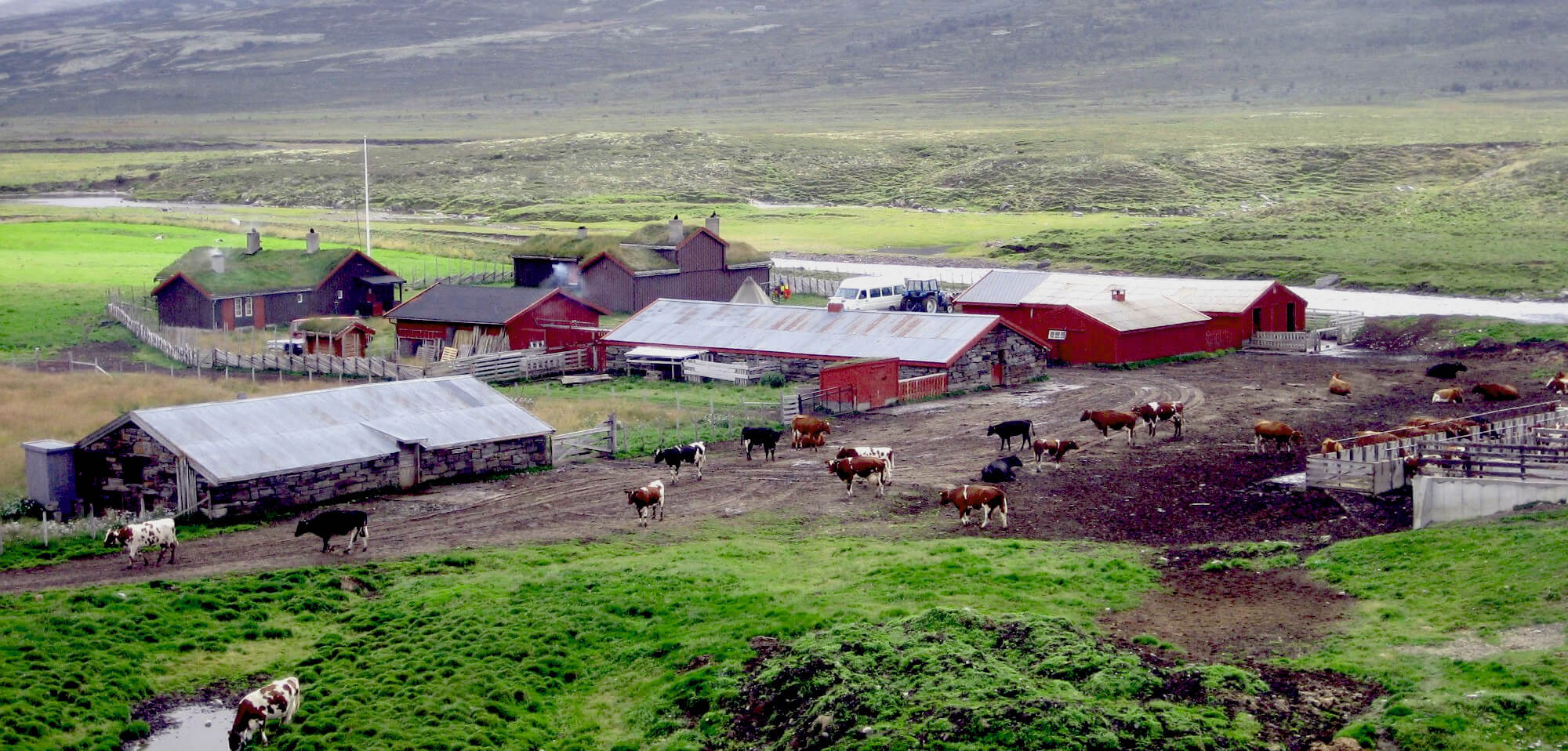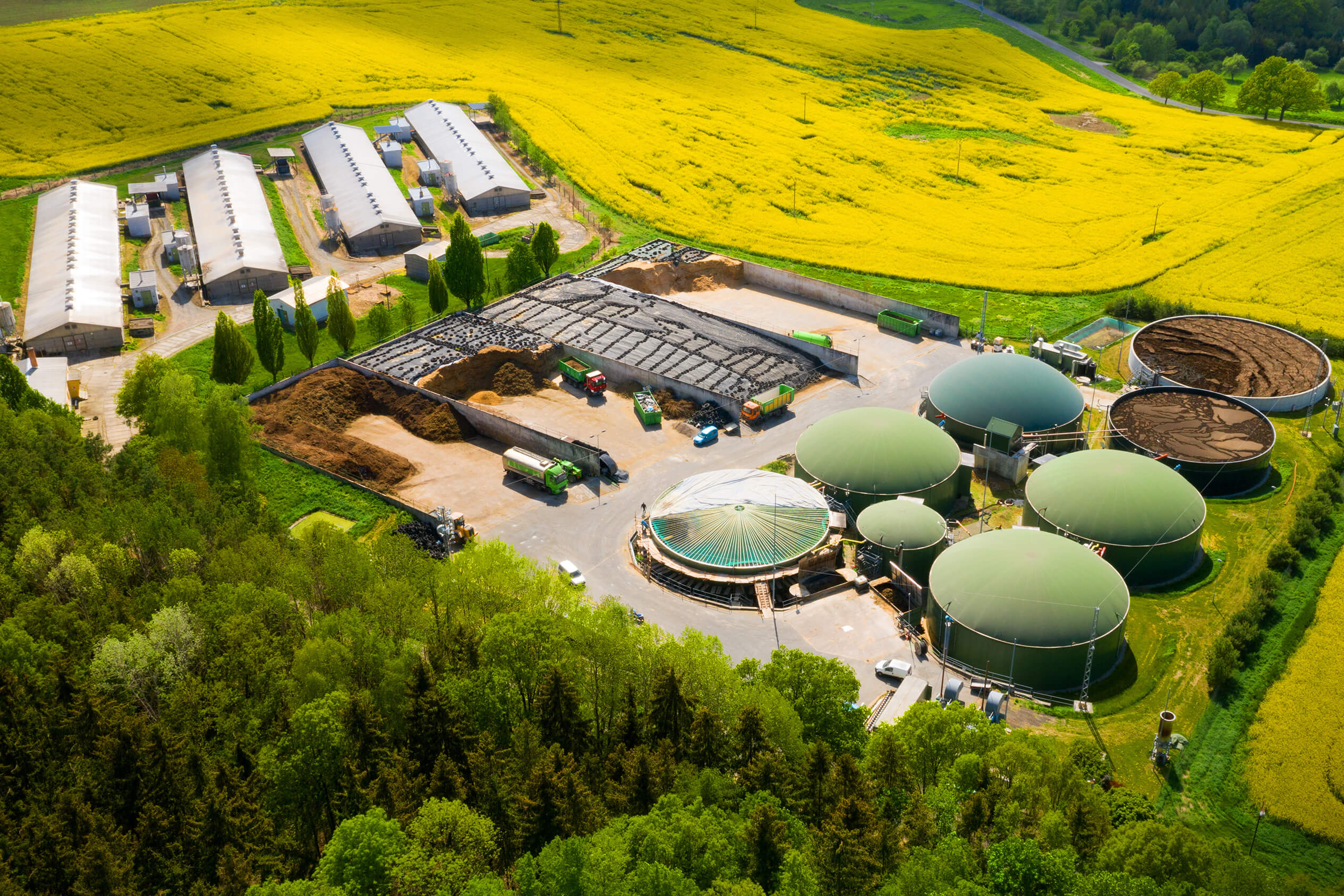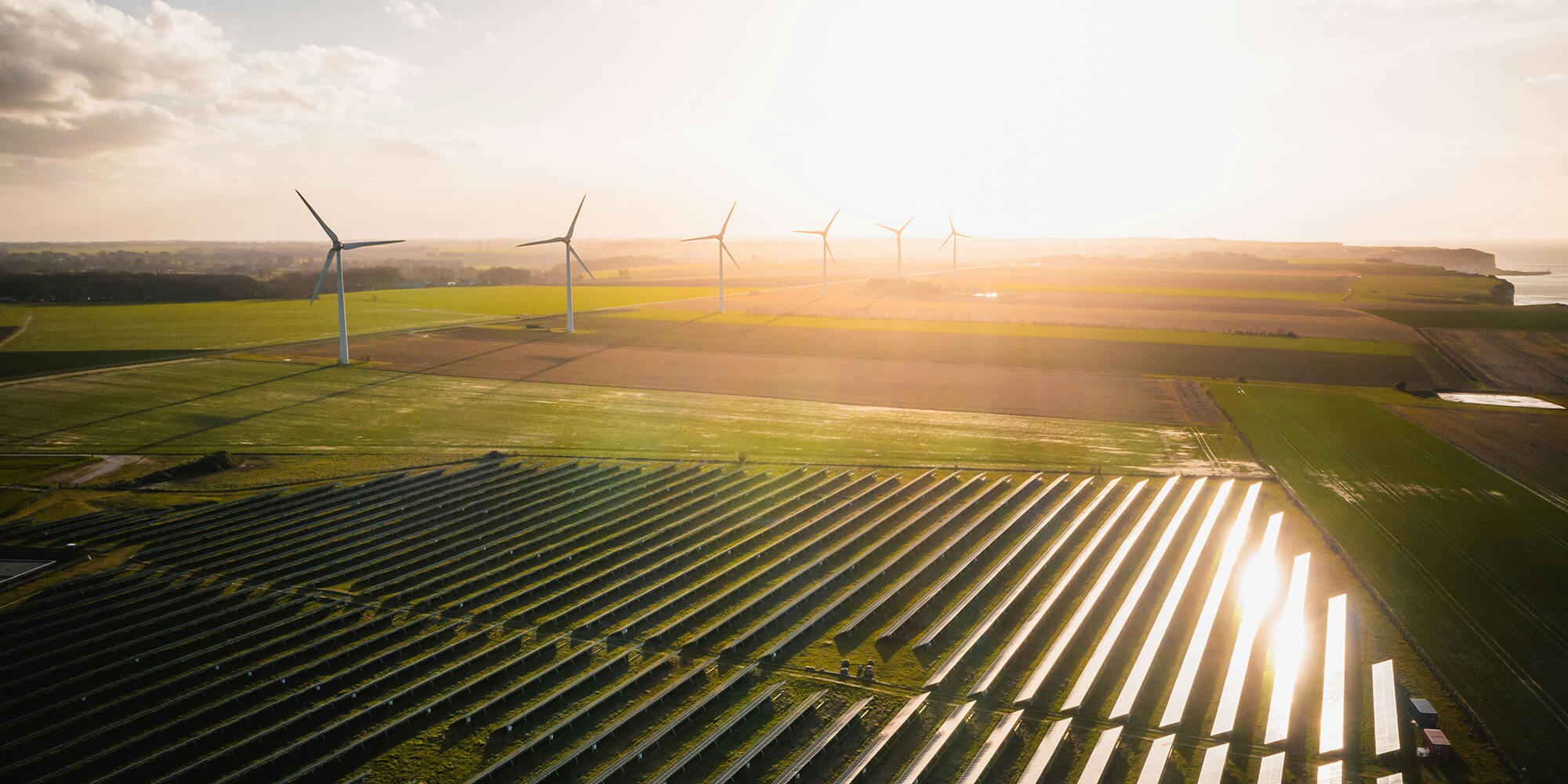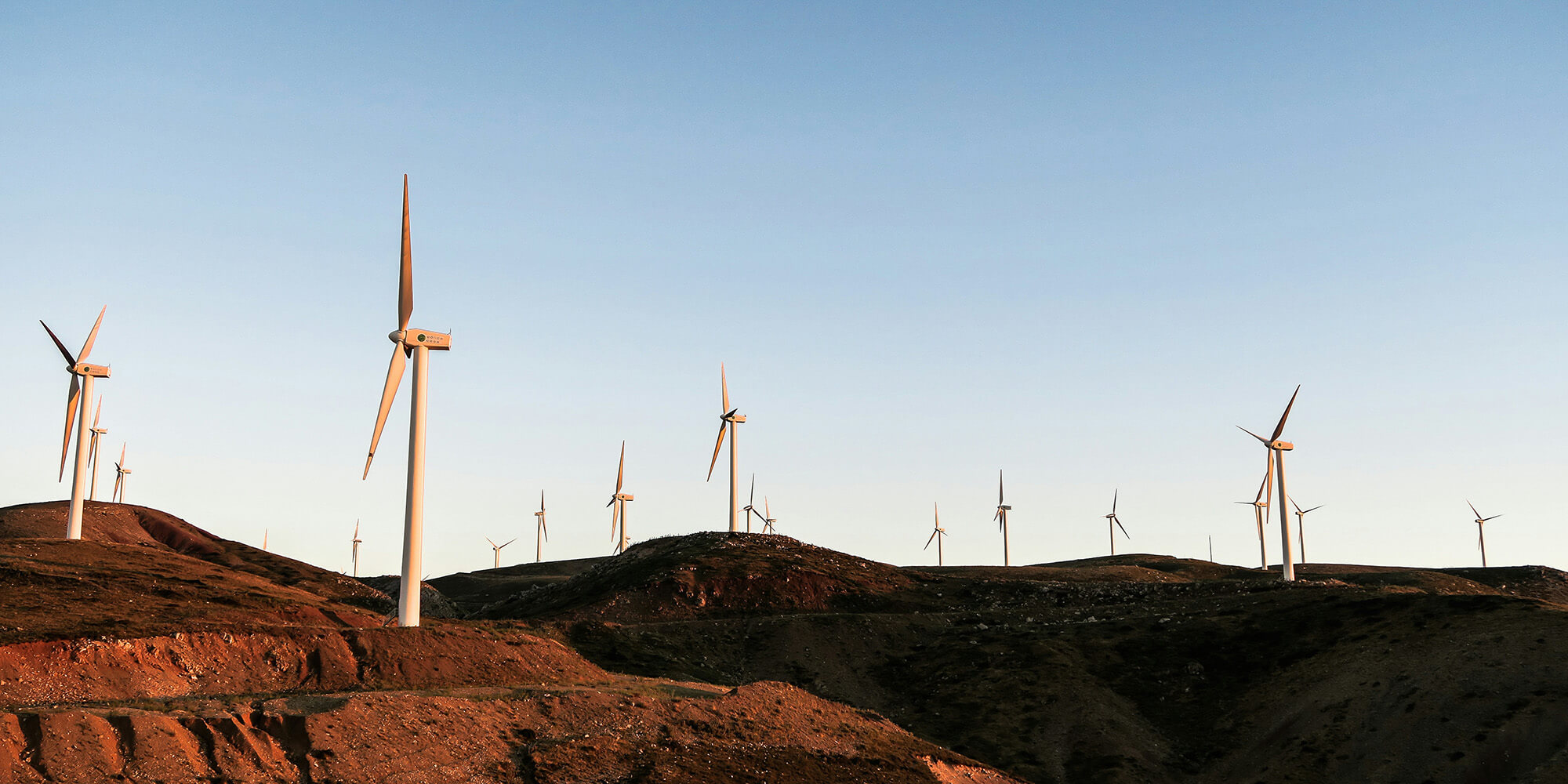Companies aiming for net zero need to sequester carbon, too. To compensate for our unavoidable and transitional emissions, Ecohz recently got in touch with Down to Earth, a Norway-based carbon removal company, to purchase carbon removal credits (CRC), market-based instruments certifying that one tonne of carbon has been extracted from the atmosphere and durably stored.
CRC are picking up speed worldwide. Registries are building and strengthening systems to track removals. Non-profits and corporate coalitions are working to ensure the integrity of the market, while companies, and even the EU, are increasingly prioritising high-quality, durable removals to achieve their climate targets.
While removing substantial amounts of carbon from the atmosphere may sound complex, one of the most scalable solutions involves a material so simple and mundane that one might use it for gardening without a second thought.
What is biochar?
Biochar is made by subjecting organic matter, like wood chips from logging or residual plants from farming, to high temperatures with little to no oxygen — a process known as pyrolysis. What comes out of the furnace is a dark charcoal-like material that contains about three times its weight in carbon dioxide previously captured by the plants the were pyrolysed. Once transformed into biochar, that carbon is taken out of the natural cycle, remaining in a solid state for over a thousand years.
Biochar is one of multiple carbon removal methods that guarantee long-term storage. Others include direct air capture, enhanced rock weathering, and carbon capture and storage. Biochar, however, has one big advantage: it is easy to make.
“The interesting thing about biochar is that it is super easy to scale,” Arne Haabeth, Head of Growth at Down to Earth Carbon Removal says. “It doesn’t need big investments or cutting-edge technology. Currently, a lot of the investments on carbon removals are done for future removals, but biochar can be produced and delivered today. Also, the benefits of biochar as a material are nothing new.”
.png?width=1200&height=627&name=Arne%20(1).png)
Biochar has been used for a long time, for example, for soil enhancement. Farmers mix it with manure and spread it on their fields to improve nutrient and water retention, reducing the need for fertilisers. “Agricultural runoff is a major issue,” Haabeth says. “Look at the Oslo fjord around us. It is practically dead because of it. Using biochar for soil improvement can help limit the excess of nutrients that flows into the ocean and creates these dead zones.”
From a purely GHG emissions perspective, one could simply bury biochar underground — emissions safely and permanently stored. However, the material also opens other possibilities to turn atmospheric carbon into a new resource.
Is biochar sustainable?
When Ecohz decided to purchase carbon removal credits from Down to Earth, sustainability was paramount. “Sustainability is crucial for us,” Haabeth notes. “In Norway, Down to Earth uses exclusively by-products from the most sustainable forestry available, much of which is residual material from dry spruce that would otherwise be burnt for heat.”
The resulting biochar is then distributed to a network of Norwegian farmers that put it to work. Much of what Ecohz bought was sent to the Jønsberg and Storsteigen agriculture high schools, which manage their own farms and where most of the animal husbandry and crop production is organic. Atmospheric carbon, sourced sustainably, became an input for environmentally friendly food production.
Even with strict environmental criteria, there is plenty of room for scaling production. According to the Norwegian Institute for Bioeconomy, the potential for sustainably making and storing biochar from forestry in the country is 900 000 tonnes of CO2-equivalent per year. Globally, that figure is between 2 and 4 billion tonnes annually.
In regions like India, Down to Earth’s projects follow slightly different approaches. “These are simpler technology-wise and work as closed loops,” Haabeth explains. “Local farmers deliver residues like rice straws, corn cobs, and wood trimmings to the pyrolysis project, where they are charred in artisanal soil pits. The biochar is then delivered to villagers who mix it into their soil to improve crop yields. This way, we know exactly what happens to the biochar and the CO2.”
A portion of the biochar purchased by Ecohz was produced and stored in Baralimari, India, near the northern banks of the Brahmaputra River and a few kilometres from Orang National Park. However, production and storage do not need to happen that far away. “Some of our clients choose to use part of the biochar themselves, for example, to fertilise a rooftop garden,” Haabeth adds. “This is not only a best-in-class solution for CO2 removal — it also makes climate action tangible.”
.png?width=1499&height=693&name=Biochar%20article%20(1).png) Production and storage of biochar in Baralimari, India.
Production and storage of biochar in Baralimari, India.
What standards does biochar carbon removal follow?
Holding a jar of biochar is a moment of realisation. We tend to think of atmospheric CO2 in abstract terms, as an invisible gas measured in parts per million. Getting black fingers from the charcoal-like material makes it suddenly more real. What is now in your hand was once in the air, warming the planet. But how can we verify this is the case?
“The measurements and verification of traditional carbon offsets are hard to do with certainty. This has been a real pain point for the industry,” Madeleine Mowinckel, Head of Advisory and Services at Ecohz, explains. “With carbon removal technologies we have much higher confidence in the amount of carbon stored and the longevity of that storage. The carbon market is leaning towards biochar and other forms of removal precisely because they are high quality.”
Multiple registries and standard developers have built systems to track carbon removals. Leading standard developers like Puro Earth, and Carbon Standards International, verify removals and issue and retire credits in closed registries. At the same time, independent governance bodies like the Integrity Council for the Voluntary Market (ICVCM) and the Voluntary Carbon Markets Integrity Initiative (VCMI) gather different stakeholders to develop frameworks that enhance trust in solutions like carbon removals.
Their work is needed. Addressing residual emissions is an essential part of every company’s climate journey. “We have compensated our emissions from business travel for years,” Madeleine continues. “This year, we took a broader approach, adding emissions from IT equipment, employee commuting, upstream fuel- and energy-related emissions. We are working on policies to reduce our emissions but, like most companies, we don’t currently have solutions to eliminate all of them. We are happy to support a technology like biochar, which will remove and store carbon permanently, while additionally improving climate resilience and soil quality. It’s a triple win.”
Removing CO2 is a big piece of the climate puzzle, and we must act quickly. But how we choose to sequester carbon also matters. A charcoal-like substance in a jar is sure to be part of the solution.



.png?width=3840&height=2560&name=Sun(1).png)

.png)




